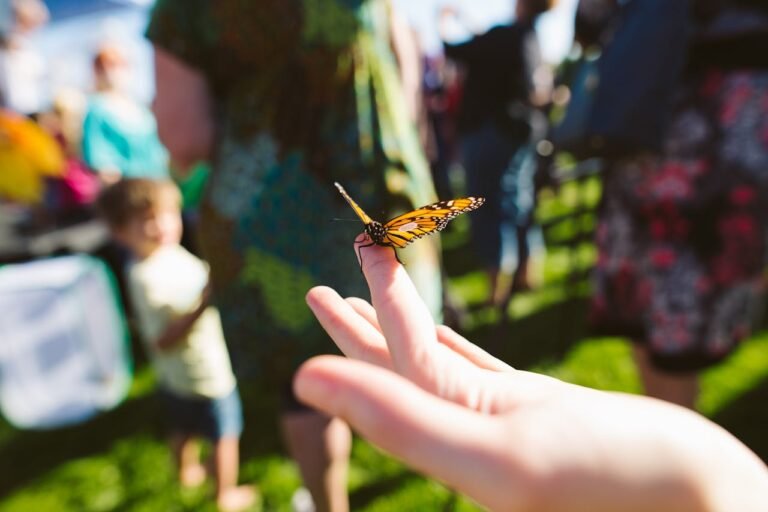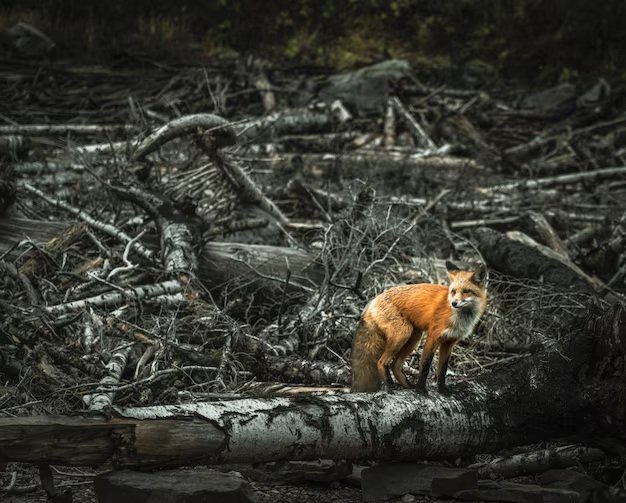Where are Yellowstone Bison Most at Risk from Vehicles?
Every spring, as soon as the snows begin to recede from the valleys, Yellowstone’s iconic bison sense a stirring deep in their bones. This thaw signals the time to return to their ancestral calving grounds—some of which lie just beyond the park’s boundaries in Montana. But their route home takes them across one of the most dangerous segments of pavement in the region: U.S. Highway 191.
Recent research led by biologists from the Buffalo Field Campaign, spanning 2007 to 2023, pinpointed clear “hotspots” where bison repeatedly crossed the highway and collided with vehicles. The Madison River crossing—where the river runs under Highway 191—was the single most used path by migrating bison, followed closely by Cougar Creek and Duck Creek. Those same locations showed the highest incidences of collisions.
“This is the first national park in the U.S. with zero wildlife crossing mitigation structures,” says Jackson Doyel of the Buffalo Field Campaign. It’s a stark observation. While Yellowstone is world-renowned for its ecological stewardship, its road infrastructure remains shockingly unprotected for wildlife. In late spring, herd after herd appears near these waterways, unaware that vehicles are speeding by just meters away. The result is sadly predictable, as crashes happen again and again.
A semi-truck once “ploughed through” 13 bison in one incident, according to Jenny Isaacs, a human ecology expert at Rutgers University. Such heavy losses ripple through the ecosystem, affecting herd structure, calf survival rates, and even public safety.

Human Costs and Environmental Impacts
Yellowstone isn’t just a haven for wildlife—it’s also cut through by busy roads that attract millions of visitors each year. From 2007 to 2023, data shows that vehicle crashes were the leading cause of death for people inside the park, making up over 45% of all fatalities.
One especially dangerous stretch—Highway 89 between Livingston and Gardiner, Montana—averages 160 wildlife–vehicle collisions each year, about 10 times the national average. These crashes often involve deer, elk, moose, and—most critically—bison.
The financial cost is high. According to a report by SFGATE, from 2012 to 2023, wildlife-related collisions on that stretch caused an estimated $32 million in vehicle damage. On average, each crash involving a large animal costs drivers:
| Species | Avg Cost per Collision |
|---|---|
| Deer | $14,000 |
| Elk | $45,000 |
| Moose | $82,600 |
While bison aren’t listed here, the implications are clear: collisions involving bison—or any large megafauna—often result in serious injuries and property damage.
Real Stories from the Road and Research
In late spring, it’s not uncommon to see lone bull bison grazing just steps from the highway near West Yellowstone. Drivers often pull over to take selfies, unaware of how quickly these massive animals, which can weigh up to 2,000 pounds, can charge.
That same season, witnesses reported a tragic scene near Duck Creek: a group of bison calves attempted to cross the road. A pickup swerved but still struck one. The calf died, and the driver was injured. Incidents like this highlight the dangers these highways pose to both people and wildlife.
These roadside dramas aren’t rare. Experts stress that motorised vehicles pose a lethal threat in these defined risk zones. In one study from 2025, researchers analysing movement-tracking over 15 years found that collision risk sharply increased wherever bison congregated near waterways intersecting highways.
Meanwhile, the risk to people doesn’t end when bison survive collisions. Between 2000–2015, Yosemite reported 25 cases of human injuries from too-close bison encounters, mostly during calving and mating season, which coincides with peak vehicle traffic. Tourists often crowd, use drones, or step out of cars—actions that provoke stress in wildlife and heighten accident chances.
These tensions are amplified in spring when drivers may be distracted by views of the Calving Herd and bulls fighting for mates while touring photographers narcotically scan the distant meadows. The result is concentrated risk at precisely the most ecologically active places and times.
A Path Forward: Crossings, Signs, and Shared Safety
The dual risk—death to animals and danger to people and cars—is becoming hard to ignore. Montana officials recently approved an engineering feasibility study for wildlife crossings near Dome Mountain and Yankee Jim Canyon on Highway 89. These efforts are part of Yellowstone Safe Passages, backed by a state coalition that also lobbied for funding to study two large crossing structures. The estimated total, including fencing, sits at about $38 million.
Design precedents exist. In Banff, Canada, crossings with fencing have lowered ungulate–vehicle collisions by over 80%. Studies show that combining underpasses or overpasses with funnelling fences delivers the best results, in some cases cutting crashes by up to 90%. In Jackson, WY, planners are prioritising crossings based on ecological need, engineering feasibility, and effectiveness for local large mammal movement.
Closer to Yellowstone’s hotspots, temporary but effective measures like portable signage have been deployed. Buffalo Field Campaign teams place caution warnings during spring migration peaks. But signage alone isn’t enough. Experts agree that permanent, well-planned crossing structures with fencing to funnel bison to safe zones are essential.
Engaging drivers also helps. Variable-speed zones during peak wildlife movement hours—like dawn and dusk—can lessen vehicle speeds when collisions are likely. And dynamic detection systems—motion sensors that flash warnings when large animals approach—can further reduce crashes.
Conclusion
Yellowstone’s bison have roamed this landscape for thousands of years, long before highways or fences existed. Today, when they cross U.S. 191 or Highway 89 to reach fertile spring calving grounds, they step into a gauntlet of steel and glass. Drivers arrive expecting beauty, not death—and the bison are simply following ancient instincts into modern peril.
But solutions are in reach. Targeted wildlife crossings at Madison River, Duck Creek, Dome Mountain, and other hotspots—combined with fencing, signage, variable speeds, and detection systems—can break the deadly cycle. Those structured crossings, modelled on successful projects across North America, could reduce collisions by up to 90%.
The key lies in recognising that highway corridors cut through wildlife territories—not by accident, but by design. As conservationist Pat Todd from the National Parks Conservation Association put it, this is about “establishing wildlife connectivity and ensuring animals safely reach critical wintering grounds.”
From a reader’s standpoint, these aren’t abstract recommendations—they offer real, measurable benefits: fewer animal fatalities, fewer injured motorists, and lower financial costs. For the ecosystem, it promotes genetic flow, herd expansion, and native predator-prey dynamics. For the public, it increases safety and minimises costs.
As one Montana rancher said in support of more crossings, “We want you to get to Yellowstone safely … and get your kids home.” That’s a sentiment we can all stand behind.
Learn More: Eco-Tourism Vs. Over-Tourism: The Balance for National Parks
Actionable Advice
- Support and advocate for permanent wildlife crossings, like the Dome Mountain underpass and Madison River overpass.
- Encourage temporary measures: portable signage and volunteer patrols during peak migration.
- Follow posted signage and slow down at dawn, dusk, and twilight on highways bordering Yellowstone.
- Respect wildlife watching rules—stay inside vehicles, maintain distance, never attempt to pet or feed bison.
- Learn about local wildlife—hire guides or ask park staff about bison movement patterns this spring.
Yellowstone touches us all—bison, bears, visitors, and communities. Protecting life on and off the roads is worthy of our best efforts.







